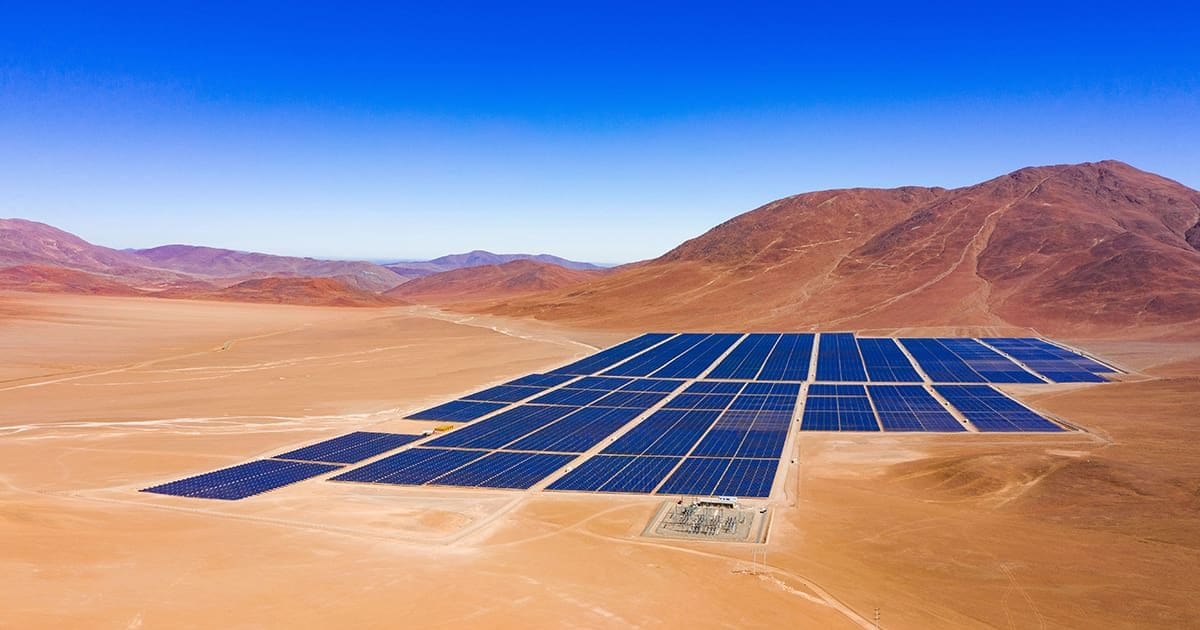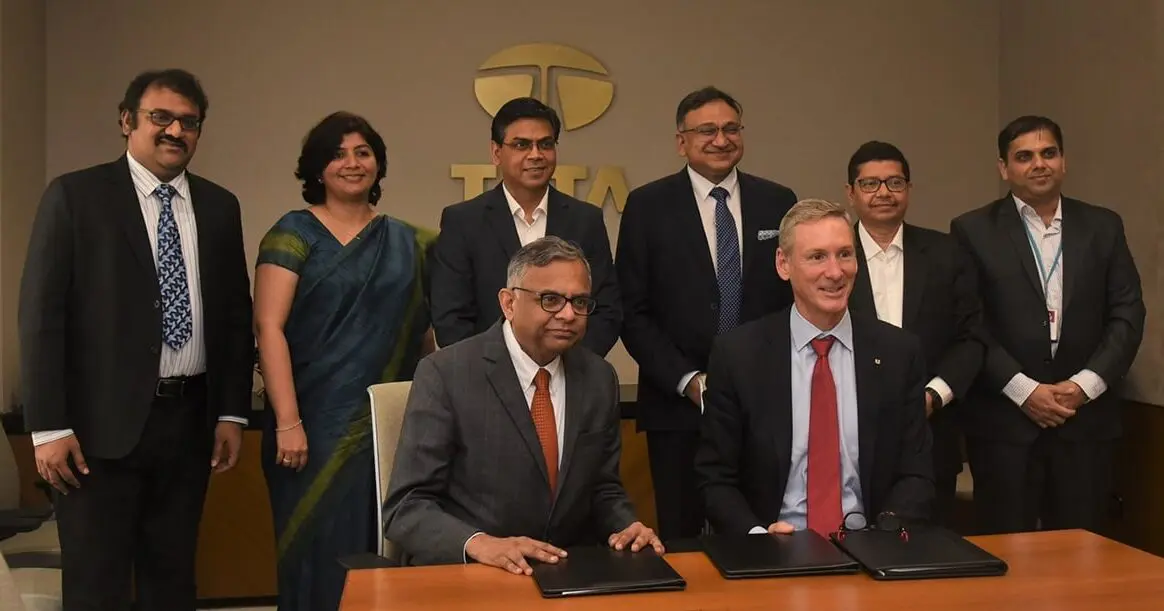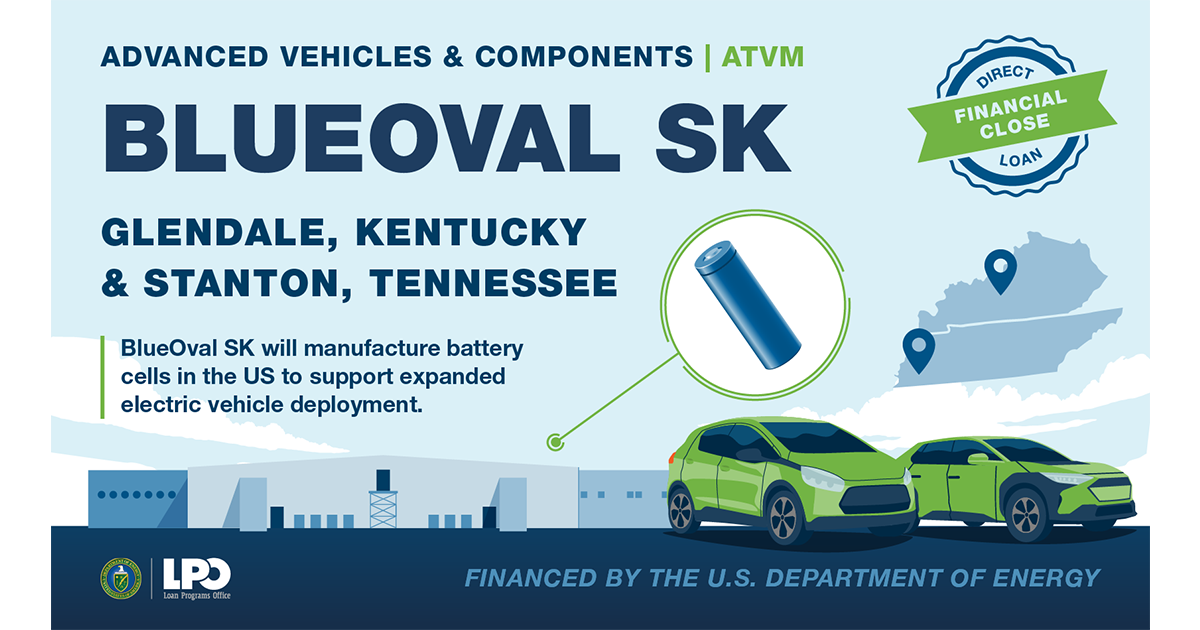
Cummins And Tata Motors For Hydrogen-Powered Engines

Cummins and Tata Motors, the largest commercial vehicle manufacturer in India, signed a memorandum of understanding (MoU) to collaborate on the design and development of low- and zero-emissions propulsion technology solutions for commercial vehicles in India, including hydrogen-powered internal combustion engines, fuel cells, and battery electric vehicle systems. “The shift to sustainable mobility is irreversible,” said Natarajan Chandrasekaran, executive chair of Tata Sons and chair of Tata Motors. “We are taking definitive steps to drive this forward in each of our businesses. Working with partners who share the same vision is essential for this transition and we are delighted to strengthen our long-standing relationship with Cummins for their next generation hydrogen propulsion systems. We are excited to indigenize the hydrogen technology to offer our customers an expanded portfolio of green and future-ready commercial vehicles, accelerate the adoption of sustainable mobility in the country, and to contribute toward India’s net-zero carbon emissions goals.”
“Climate change is the existential crisis of our time, and this collaboration between Cummins and Tata Motors accelerates our ability to address it,” said Tom Linebarger, executive chair at Cummins. “Cummins is positioned to help customers successfully and seamlessly transition to economically viable decarbonized solutions. Cummins and Tata Motors have a strong history of partnership, and the next step into low- and zero-emissions technologies is an exciting development for zero-emissions transportation. Our collaboration in India is an important milestone for Cummins and Tata as we work together to accelerate the shift to a carbon-free economy and a zero-emissions world. We strongly believe that this collaboration is a significant step forward to achieving India’s Green Hydrogen Mission. I am excited to enable powering a cleaner and greener India.”
In 1993, the two engineering companies came together to fulfill their goal of introducing cleaner vehicle technology solutions to the Indian market — Tata Motors to deliver mobility solutions in India and Cummins to power that vision through its products and services. Driven by a shared ideology and common vision the two companies believe the partnership has grown from strength to strength over the last three decades. This MoU further solidifies their association and is aligned with India’s Energy for Sustainable Growth plan and achieving net-zero carbon emissions by 2070. India will be one of the first markets to receive Cummins’ hydrogen engines, an important technology to help drive decarbonization.
Cummins B6.7H hydrogen engine with up to 290-hp (216-kW) output and 1200 Nm peak torque is an all-new engine platform featuring technology to enhance power density, reduce friction losses, and improve thermal efficiency. As a result, performance is transparent and compatible with the same transmissions, drivelines, and cooling packages. The B6.7H hydrogen engine is derived from Cummins fuel-agnostic platform offering the benefit of a common-base architecture and low-to-zero carbon fuel capability.
Cummins zero-emissions product portfolio also includes its fourth-generation hydrogen fuel cell engine. Designed to meet the duty cycle, performance, and packaging requirements of medium- and heavy-duty trucks and buses, the fuel cell technology is available in 135 kW single- and 270-kW dual modules. The systems have strong operating cycle efficiency and durability for a lower total cost of ownership.
Cummins battery portfolio includes both lithium iron phosphate (LFP) and nickel manganese cobalt (NMC) battery packs, each of which targets a different duty cycle and use case.
Destination Zero is Cummins’ strategy to go further and faster to reduce the greenhouse gas and air quality impacts of its products and reach net-zero emissions by 2050. Cummins is pursuing a dual-path approach, meaning the company is reducing emissions from internal combustion engines while simultaneously investing in new, zero-emissions products. The company spends approximately US$1 billion annually on research and development of future technologies.
Cummins’ approach is meant to lower emissions today, incorporate well-to-wheel emissions reductions by matching technology readiness with infrastructure readiness, drive wide-scale adoption due to affordability by using the right technology at the right time, and lead to net-zero emissions by 2050.









